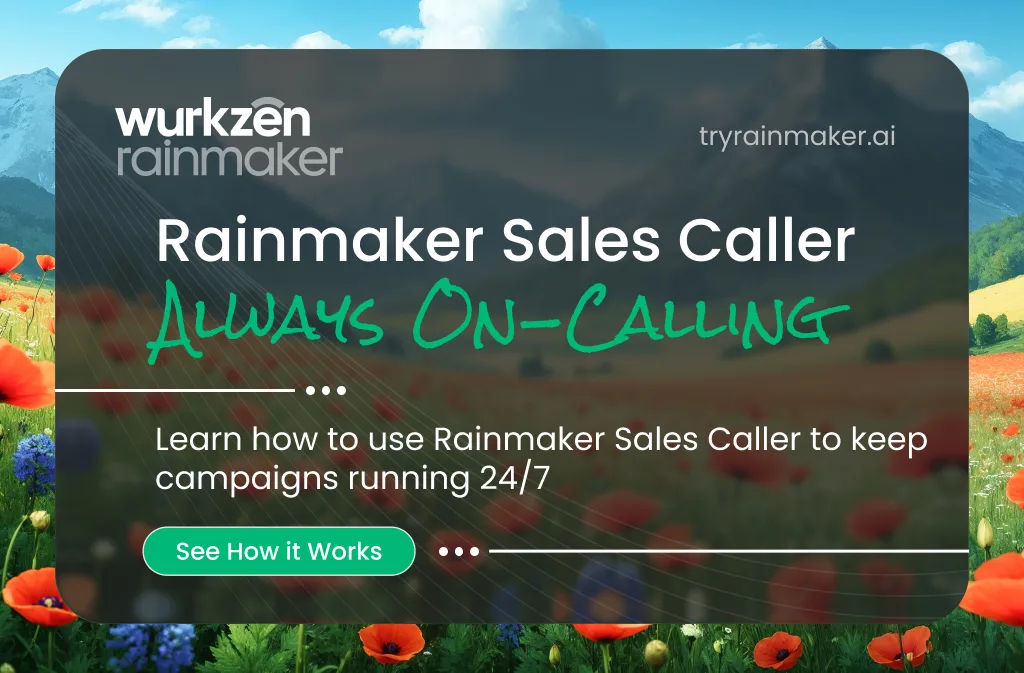Scaling Success: How Small Businesses Can Thrive with CRM & Sales Software Implementation
The shift from merely surviving to strategically scaling is a crucial turning point for any successful small firm. The very manual approaches that got you started—spreadsheets, sticky notes, and an overflowing inbox—inevitably start to fail.

Source: Pexels
These tools turn into bottlenecks as your clientele expands, resulting in missed leads, erratic follow-ups, and delayed progress. Businesses need to use sales and CRM software to turn this operational chaos into a streamlined engine for steady growth if they want to succeed.
The challenge: Recognizing the symptoms of growth pains
The very mechanisms that used to function well start to fail as a small organization expands. These are important indicators that your current procedures are impeding your progress, not just small annoyances. Finding a cure begins with identifying these symptoms.
Scattered customer data and communication silos
Important client data can be found in various locations, including a spreadsheet, an email thread, and a sticky note on a screen. This results in a fragmented customer experience and a frustrating lack of a cohesive view, as communication barriers prevent the sales team from knowing what the support team has promised.
A leaky sales funnel
Too many of the leads you’re producing seem to disappear. Without a methodical technique to track every interaction, follow-ups become erratic or completely overlooked. A lack of systematic control causes valuable opportunities to “leak” out of your pipeline and hot prospects to go cold.
Inefficient manual processes and wasted time
Your team spends hours on tedious administrative tasks such as manually entering contact information, recording calls, and reminding themselves to follow up. Not only is this ineffective, but it also wastes your time, which is your most precious resource.
Every minute you spend on manual labor deprives you of the opportunity to establish connections and complete transactions.
Lack of visibility and inaccurate forecasting
In response to “How’s business?” The response is not supported by data, but rather by intuition. You cannot see your sales funnel, team performance, or conversion rates clearly without a centralized system.
As a result, you are forced to make important business decisions in the dark and are unable to anticipate sales accurately.
The solution: Core pillars of CRM and sales software
Overcoming these growing pains requires not only hard work but also smarter work. The solution is offered by CRM and sales software, which are built around four essential pillars that turn chaos into order and clarity.
According to Statista, sales of CRM software are expected to reach $145.61 billion by 2029.
- Centralization: The single source of truth
A customer relationship management software consolidates emails, phone conversations, notes, and past purchases into a single, easily accessible profile. It ensures smooth and knowledgeable communication at every touchpoint by giving your whole staff a comprehensive 360-degree perspective of your customers.
- Automation: The efficiency engine
By automating data logging, task generation, and follow-up emails, the software removes tedious manual labor. This guarantees that no important step is ever overlooked and frees up your team to concentrate on high-value tasks like establishing connections and closing transactions.
- Pipeline management: The roadmap to revenue
Obtain a detailed, visual representation of your sales process. This enables you to prioritize the possibilities that have the highest chance of turning into income, spot bottlenecks in your funnel, and follow every sale from the first point of contact to the closing.
- Data and analytics: The growth compass
With real-time dashboards and insights on important data like conversion rates, sales cycle length, and team effectiveness, you can turn conjecture into knowledge. This allows you to make strategic decisions based on factual information rather than hunches and to predict income with accuracy.
Choosing the right tools: Strategy and selection
A crowded market makes it easy to get lost in feature lists and marketing claims. That’s why you must compare CRM software based on your business needs, not hype. Due to the many CRM alternatives, choosing one can be difficult. The “best” software is less significant than the right software for your business. A thorough approach ensures you choose a product that solves your problems and evolves with you. Your defined goals and key evaluation criteria should guide this comparison process. It refocuses the search from finding the most features to finding the best tool for your workflow.
Define clear goals and identify your biggest pain point
- A good place to start is by asking, “What is the number one problem we need this software to solve?”
- Is the purpose to prevent leads from slipping through the gaps? Is the goal to reduce the duration of data entry? Is the goal to achieve accurate sales forecasts?
- Your main objective becomes the most crucial criterion for assessing any possible software.
Map your current sales process
- Draw out every step a lead takes, from first contact to a closed contract, on paper before examining any software.
- Determine important phases (such as New Lead, Qualified, and Proposal Sent), team member handoffs, and typical failure points.
- This map serves as your guide for modifying the CRM’s pipeline and guarantees that the product will function with your team’s actual process.
Key evaluation criteria
- Ease of use: Your team won’t use it if they find it difficult. Give top priority to a simple, user-friendly interface that needs little training.
- Scalability: Can you expand using this tool? As your company grows, pick a system that can accommodate more users, data, and complexity.
- Integrations: Does it work with the programs you now use, such as your marketing platform, accounting software, or email client (Outlook or Gmail)?
- Budget: Take into account the entire cost of ownership, which includes any required add-ons, membership fees, and implementation expenses.
Involve your team for higher adoption rates
- Don’t make the decision alone. Get feedback on what your daily users and your sales representatives require.
- Invite important team members to participate in software trials and demos. Their input is very helpful in spotting any usability problems.
- The team is much more likely to accept and regularly use the new technology when they have a sense of ownership over the choice.
The implementation blueprint: Setup and launch
A successful CRM launch involves people and technology. Your team will be ready to use the program if you configure it carefully and in phases. This blueprint balances technical setup and human-centric rollout for a smooth transition.
Phase 1: Technical setup
Start with a clean, practical framework. Migrate customer data from spreadsheets and other sources to the new CRM. The time to “clean house”—remove duplicate entries, amend outdated information, and standardize data formats—is now. Set up pipeline stages and custom fields to match your sales process you mapped before.
Phase 2: Human-centric rollout
The system is ready, so focus on your team. Hands-on training that covers daily workflow, not just features. Choose one or two “CRM champions”—enthusiastic team members who quickly learn the system. Peers turn to these advocates for on-the-ground support and enthusiasm.
Start small: The pilot group advantage
Launch the CRM to a limited pilot group, such as your most tech-savvy reps or a team, before launching to the entire firm. This lets you find and fix unanticipated issues, get practical feedback, and improve your training process before the company-wide launch in a low-risk environment.
Focus on “What’s in it for me?”
Answer every team member’s implicit question, “How does this make my job easier?” to get buy-in. Make the benefits personal. Adoption happens when your team perceives the tool as their own.
Transforming your business engine

Source: Pexels
CRM and sales software are strategic assets that power your growth engine, not just digital filing closets. The successful deployment of these tools transforms your firm from reactive and chaotic to proactive and predictable. Empowering your team with the correct technology is key to increasing success and developing a long-term business.















